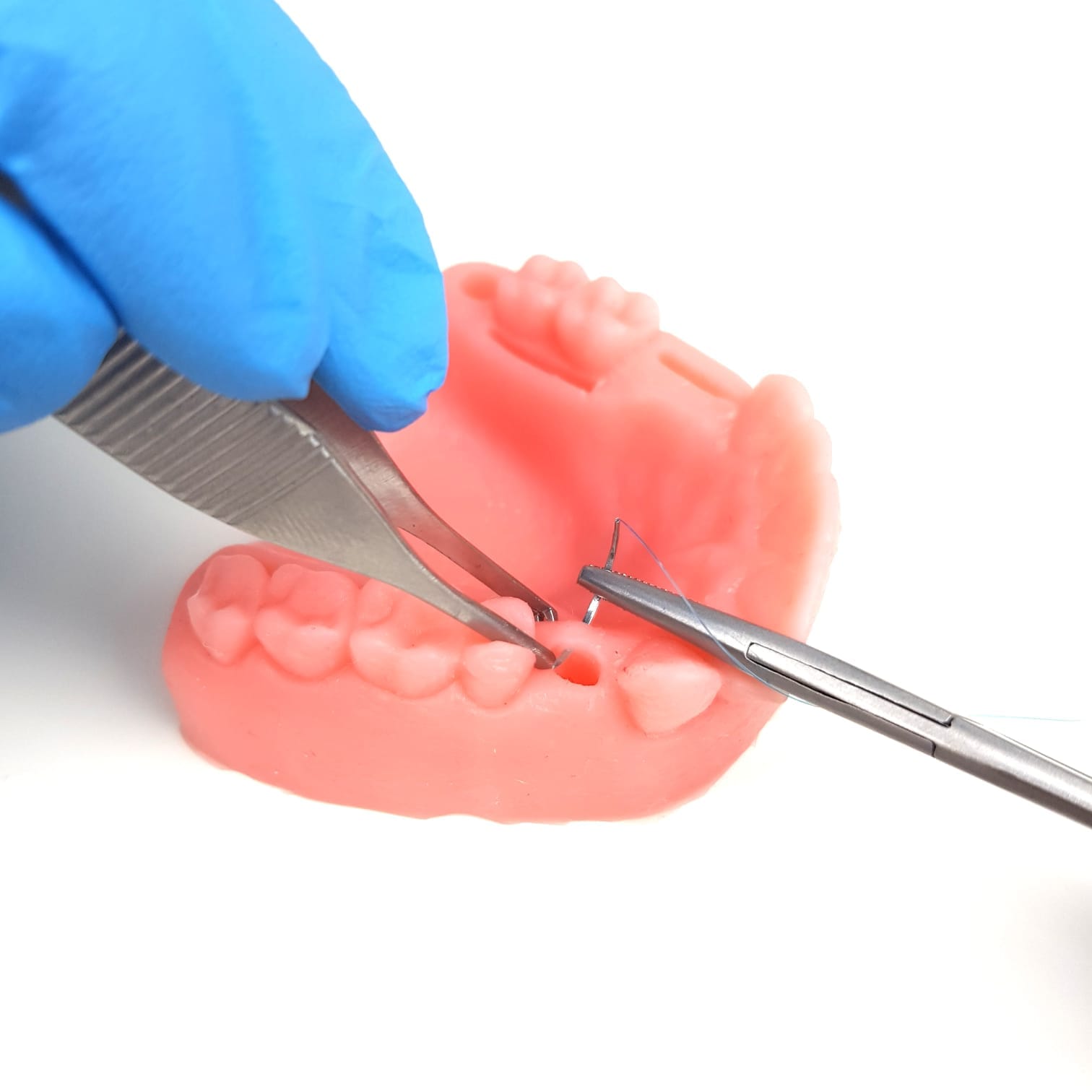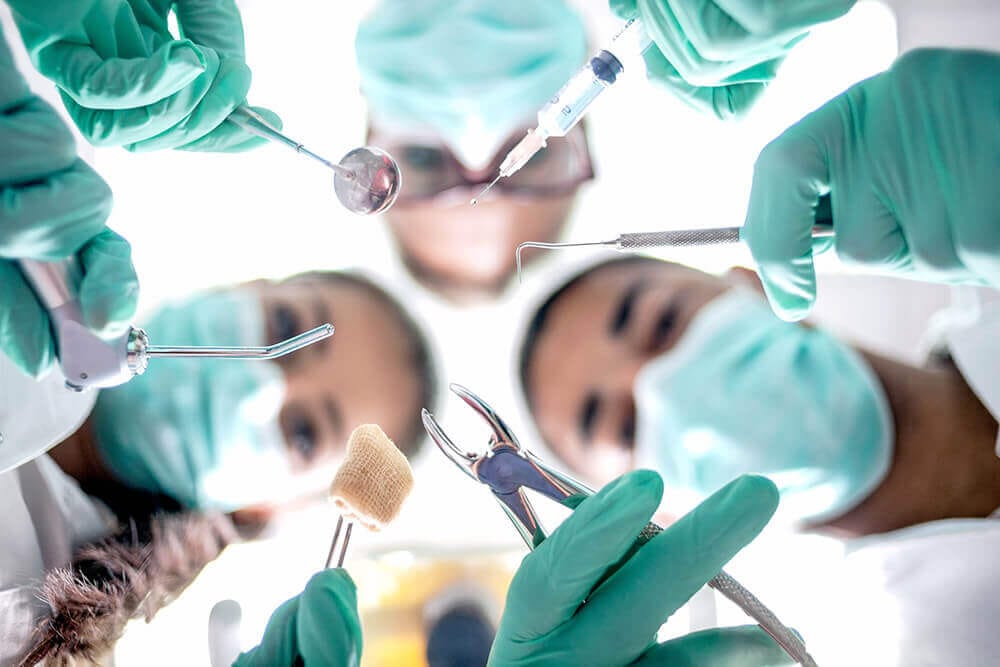Are you considering dental implants in Grand Prairie, Texas? You’re about to embark on a transformative journey shaped by decades of innovation and technological advancements. Dental implants have evolved remarkably, transitioning from ancient tooth replacements to cutting-edge solutions that seamlessly mimic the look, feel, and function of natural teeth. This comprehensive guide will explore the fascinating evolution of dental implants, particularly focusing on the latest developments in Grand Prairie.
The Origins: Ancient Tooth Replacements
The quest to replace missing teeth dates back thousands of years. Ancient civilizations, such as the Mayans, utilized materials like seashells and carved stones as primitive implants. While these early attempts may seem rudimentary today, they laid the foundation for modern tooth replacement concepts and paved the way for future advancements.
The Modern Era: Titanium and Osseointegration
A significant breakthrough in dental implant technology occurred in the 1950s when Swedish orthopedic surgeon Per-Ingvar Brånemark discovered osseointegration. This groundbreaking finding revealed that titanium could fuse with human bone, creating a stable and long-lasting foundation for replacement teeth. This discovery set the standard for modern dental implants, which are now considered the gold standard for tooth replacement.
Ongoing Advancements: 3D Imaging and Robotic Surgery
The evolution of dental implants continues to accelerate with ongoing advancements in technology:
- 3D Imaging: Techniques like cone beam computed tomography (CBCT) provide detailed 3D images of oral anatomy, enabling precise virtual planning for implant placement.
- Robotic Surgery: This innovative approach enhances precision during implant placement, making procedures safer and more comfortable for patients.
These advancements ensure optimal positioning of implants while minimizing complications.
The Benefits: Restoring Function and Confidence
Dental implants do more than restore functionality; they also boost self-confidence by providing a natural-looking smile. With their ability to mimic both the appearance and function of natural teeth, dental implants have become a game-changer for individuals seeking a permanent solution to tooth loss.
Bridging Knowledge Gaps
Understanding dental implants can be daunting for those outside the field. Analogies can help clarify complex concepts. For instance:
- Imagine a tree’s roots growing into the soil, creating a strong foundation. Similarly, dental implants fuse with the jawbone, providing a secure base for replacement teeth through osseointegration.
This analogy illustrates how crucial this process is for the long-term success of dental implants.
Impact on Dental Health and Patient Education
The evolution of dental implants has significantly impacted both dental health and patient education. A better understanding of the implant process empowers patients to make informed decisions about their treatment options.
Dental professionals in Grand Prairie can use relatable examples to explain procedures, helping patients visualize processes and alleviate concerns. For instance, comparing an implant to a sturdy foundation for a house can help patients grasp the importance of osseointegration.
Local Expertise in Grand Prairie, Texas
In Grand Prairie, several dental practices are at the forefront of implant technology:
- Lynn Creek Dental Care
- Grand Prairie Modern Dentistry
- The Grand Prairie Dentist
These practices offer state-of-the-art solutions tailored to individual needs, utilizing advanced techniques like guided implant surgery and computer-aided design (CAD/CAM) for precise placement and natural-looking restorations.
Innovative Implant Materials and Designs
Recent advancements have led to new materials and designs that enhance patient experiences:
- Zirconia Implants: These metal-free options offer a natural appearance and durability, making them ideal for patients with metal allergies or aesthetic concerns.
- Zygomatic Implants: Designed for patients with significant bone loss in the jaw, these longer implants anchor into the cheekbone rather than the jawbone.
These innovations expand treatment options and improve outcomes for patients with varying needs.
Advancements in Osseointegration and Healing
Osseointegration is critical for implant success. Researchers are enhancing this process through advancements in surface technology:
- Nanostructured Surfaces: These promote faster healing and greater stability.
- Bioactive Coatings: These improve long-term survival rates of implants.
Patients benefit from shorter healing periods due to these innovations.
Regenerative Dentistry and Tissue Engineering
Exciting developments in regenerative dentistry are also emerging. Researchers are exploring growth factors and stem cells to regenerate tissue during implant placement. This approach not only promotes healing but also addresses issues like gum disease that could impact implant success.
The Future of Dental Implants: Smart Implants and Digital Dentistry
Looking ahead, digital technologies and artificial intelligence (AI) promise further revolutions in dental implantology:
- Smart Implants: These could monitor health metrics and osseointegration in real-time.
- AI-Assisted Planning: Enhancements in treatment planning will increase precision and personalization in dental care.
These innovations will transform post-operative care by allowing proactive interventions before issues arise.
The Role of Government and Regulatory Bodies
Government entities like the American Dental Association (ADA) play crucial roles in overseeing advancements in dental implant technology. They ensure that new technologies meet high standards for patient care through accreditation processes.
Ethical Considerations and Patient Education
As technology evolves, ethical considerations must be addressed. Dentists have a responsibility to provide comprehensive information about risks, benefits, and alternatives related to dental implants. Informed consent should be prioritized throughout the process to empower patients in their decision-making.
Conclusion
The evolution of dental implants in Grand Prairie, Texas has been remarkable—from ancient replacements to state-of-the-art solutions. By understanding this journey through relatable analogies, patients can appreciate the benefits of dental implants while recognizing their significant impact on oral health.
With local expertise available at advanced facilities committed to ethical practices and patient education, residents can access cutting-edge advancements in dental implant technology. This paves the way for brighter smiles and improved overall oral health—one confident smile at a time!
For more information about dental implants or to schedule a consultation with local experts like Lynn Creek Dental Care, Grand Prairie Modern Dentistry, or The Grand Prairie Dentist, visit their official websites today!
What is the average cost of a single dental implant in Grand Prairie in 2024?
The average cost for a single dental implant in Grand Prairie is approximately $5,500, considering the advanced technologies and materials used.
Are dental implants safe and what materials are they made from?
Yes, dental implants are safe. They are typically made from biocompatible materials like titanium or zirconium, ensuring durability and compatibility with the human body.
How long does the dental implant process take from start to finish?
The entire process, from consultation to final restoration, can vary but typically takes several months, including the healing period.
Can dental insurance cover the cost of dental implants?
Coverage varies by provider and plan. It’s important to consult with your insurance company to understand the extent of coverage for dental implants.
What are the long-term benefits of choosing dental implants over other dental restorations?
Dental implants offer long-term benefits such as improved oral health, preservation of jawbone, natural appearance, and functionality, and they can last a lifetime with proper care.














